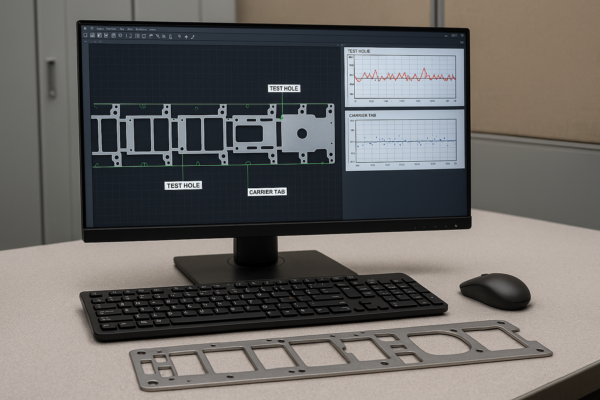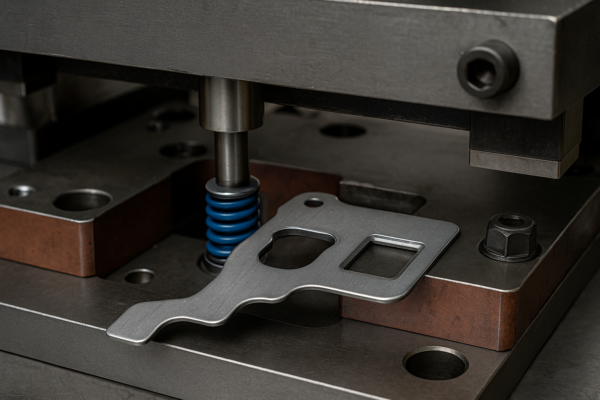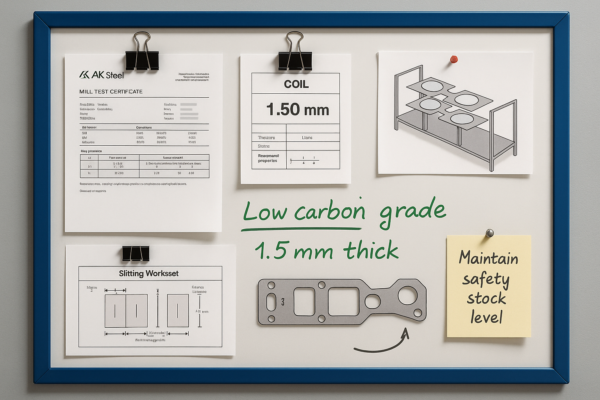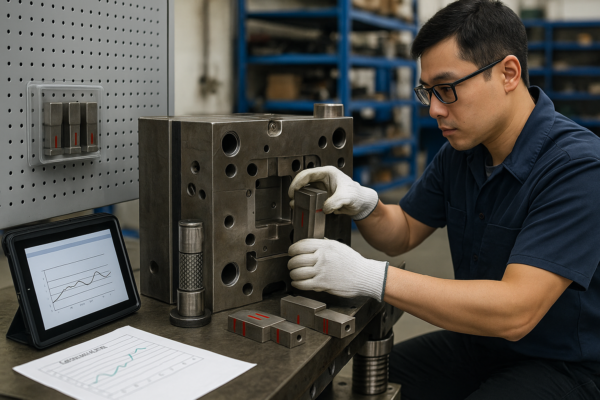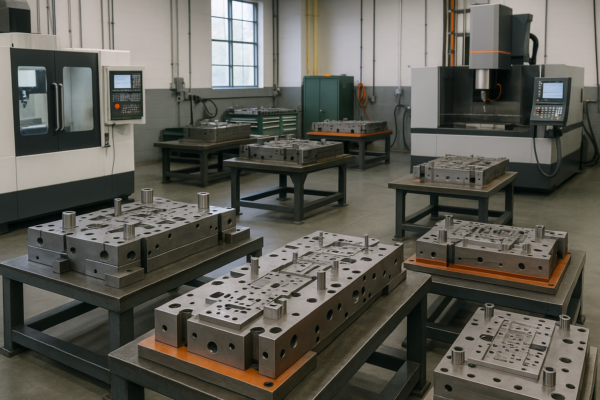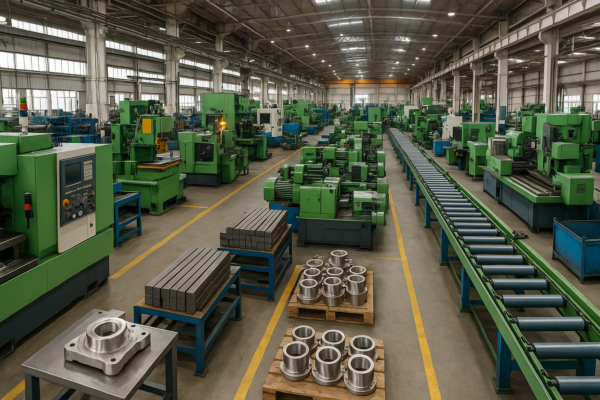Is it better to sand metal wet or dry?
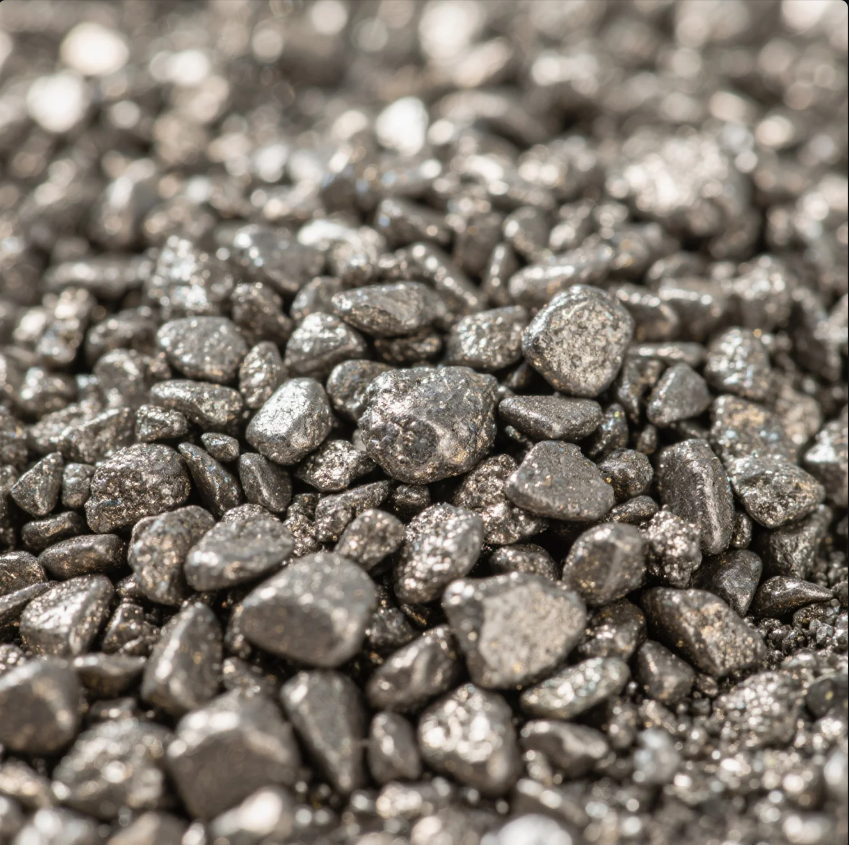
Metal surface prep affects coating quality, finish, and lifespan.
Wet sanding produces a smoother finish and reduces dust, while dry sanding is faster and better for removing rust or paint.
The right method depends on the metal type, sanding stage, and desired finish.
What are the disadvantages of wet sanding?
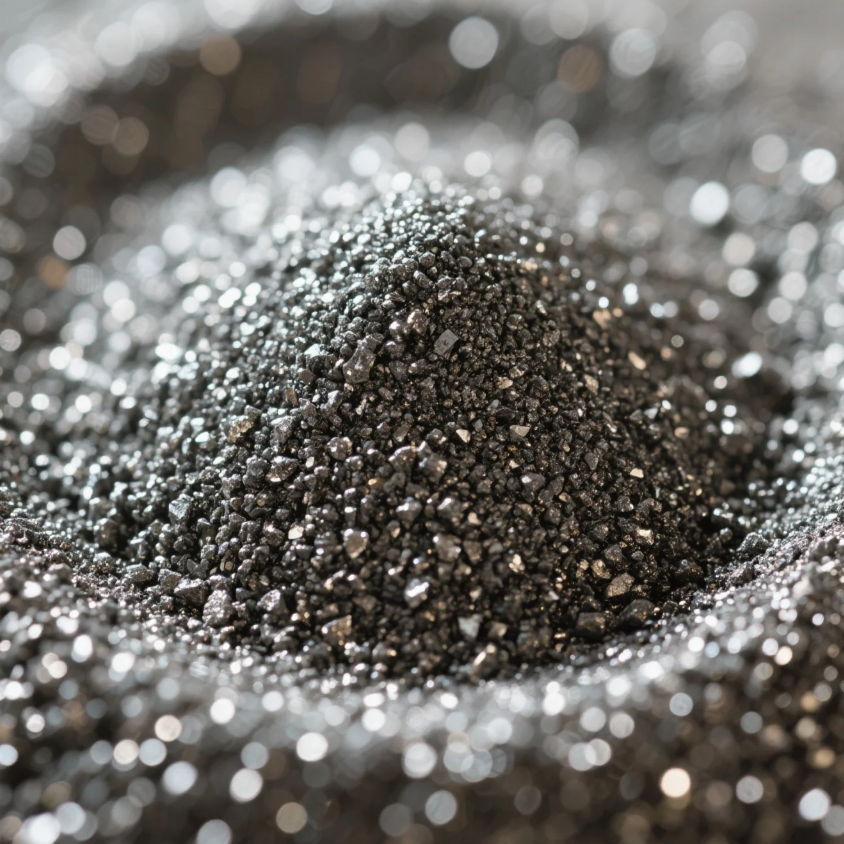
Wet sanding sounds cleaner—but it’s not always the best choice.
Wet sanding takes more time, requires cleanup, and may damage uncoated or porous metals.
It’s great for final polishing, but not for heavy rust or deep scratches.
Wet Sanding Drawbacks
| Disadvantage | Impact |
|---|---|
| Slower process | Takes more effort and passes |
| Messy water residue | Needs cleanup and drying |
| Can trap moisture | Risk of flash rust on bare steel |
| Requires waterproof tools | Not ideal for all setups |
At Prime, we use wet sanding only in final finishing stages—for CNC components or decorative stamped parts requiring high gloss or tight tolerance.
What is the best way to sand metal?

Using the wrong method or grit wastes time—and can damage the part.
Start with dry sanding for rust or paint removal, then wet sand for smoothing or polishing. Use a sanding block or orbital tool for even pressure.
Each step prepares the surface for primer, coating, or final use.
Best Sanding Sequence for Metal
- Dry sand with 80–120 grit to remove paint/rust
- Switch to 220–320 grit for general smoothing
- Wet sand with 400–600 grit for fine finish
- Clean and dry metal thoroughly before coating
At Prime, our team follows these steps before applying ISO-certified coatings on all metal parts, ensuring perfect adhesion and finish.
Is wet sanding as effective as dry sanding?
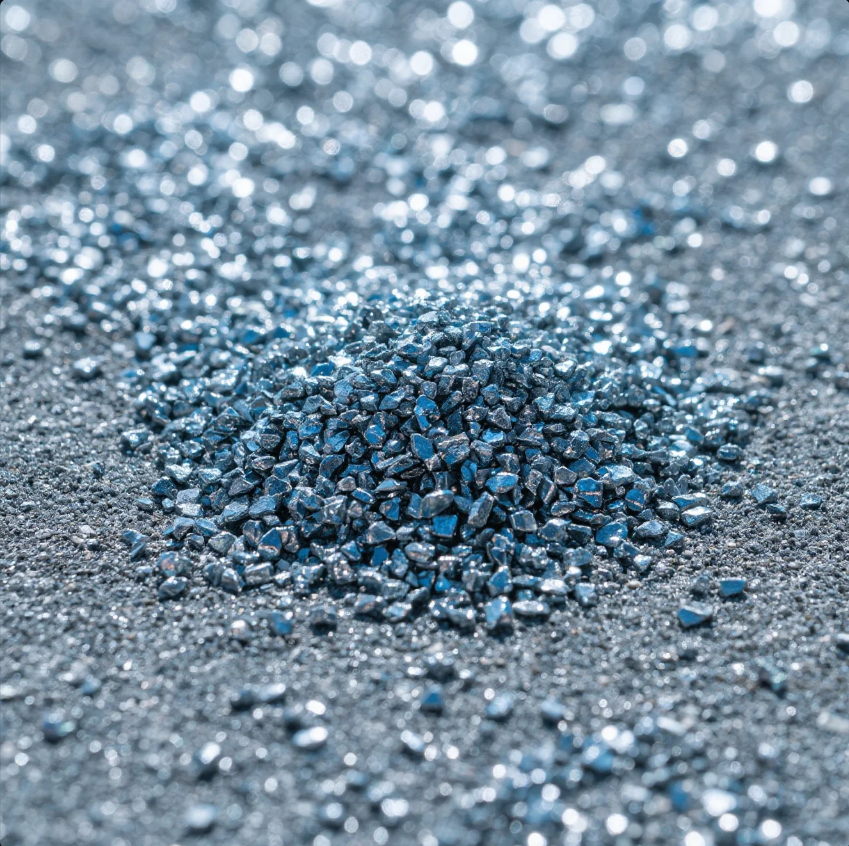
Effectiveness depends on the goal—removal or refinement.
Wet sanding is more effective for polishing and ultra-smooth finishes. Dry sanding is more effective for fast material removal.
Use both methods together for best results.
Effectiveness Comparison: Wet vs. Dry
| Method | Best At | Grit Range |
|---|---|---|
| Wet Sanding | Finishing, polishing | 400–1500 |
| Dry Sanding | Rust removal, shaping | 60–320 |
We at Prime choose the method based on part design and finish goals. For high-visibility stamped steel products, wet sanding gives showroom-quality results.
Should you sand metal wet or dry?
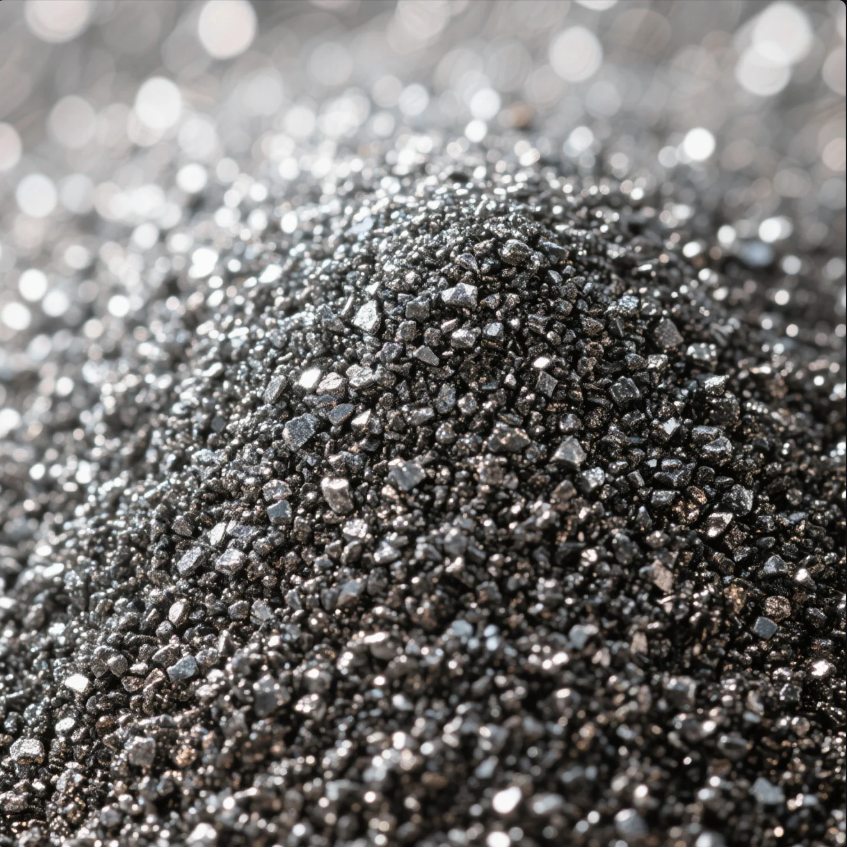
Not sure which method fits your part? The answer depends on the project phase.
Use dry sanding for early prep and rough surfaces. Use wet sanding for smooth finishing and polishing before coating.
Always dry the metal fully to avoid flash rust.
When to Use Wet vs. Dry Sanding
| Project Phase | Recommended Method | Reason |
|---|---|---|
| Rust/paint removal | Dry sanding | Aggressive and fast |
| Surface smoothing | Dry or wet sanding | Depends on grit and surface |
| Final finish prep | Wet sanding | Cleaner, smoother surface |
At Prime, we combine both methods to prepare custom CNC and stamped metal parts—ensuring lasting quality and visual consistency across all batches.
Conclusion
Use dry sanding for rust removal and wet sanding for smooth finishes—combine both for best results.
Contact Prime today for expert surface preparation, coating, and finishing. With 20+ years of experience, 10 advanced production lines, and ISO-certified processes, we deliver fully prepped, ready-to-coat metal parts for industrial and global markets.
TEMPLATE_END

